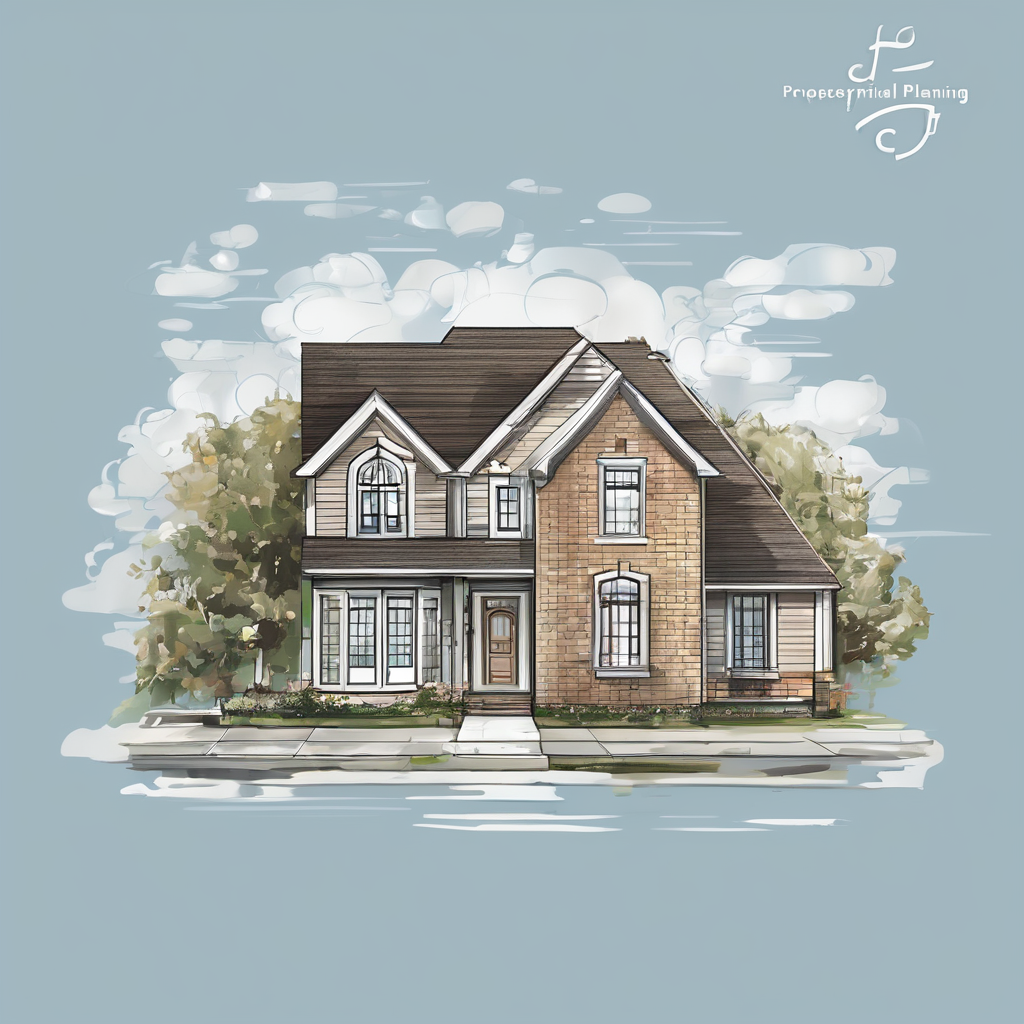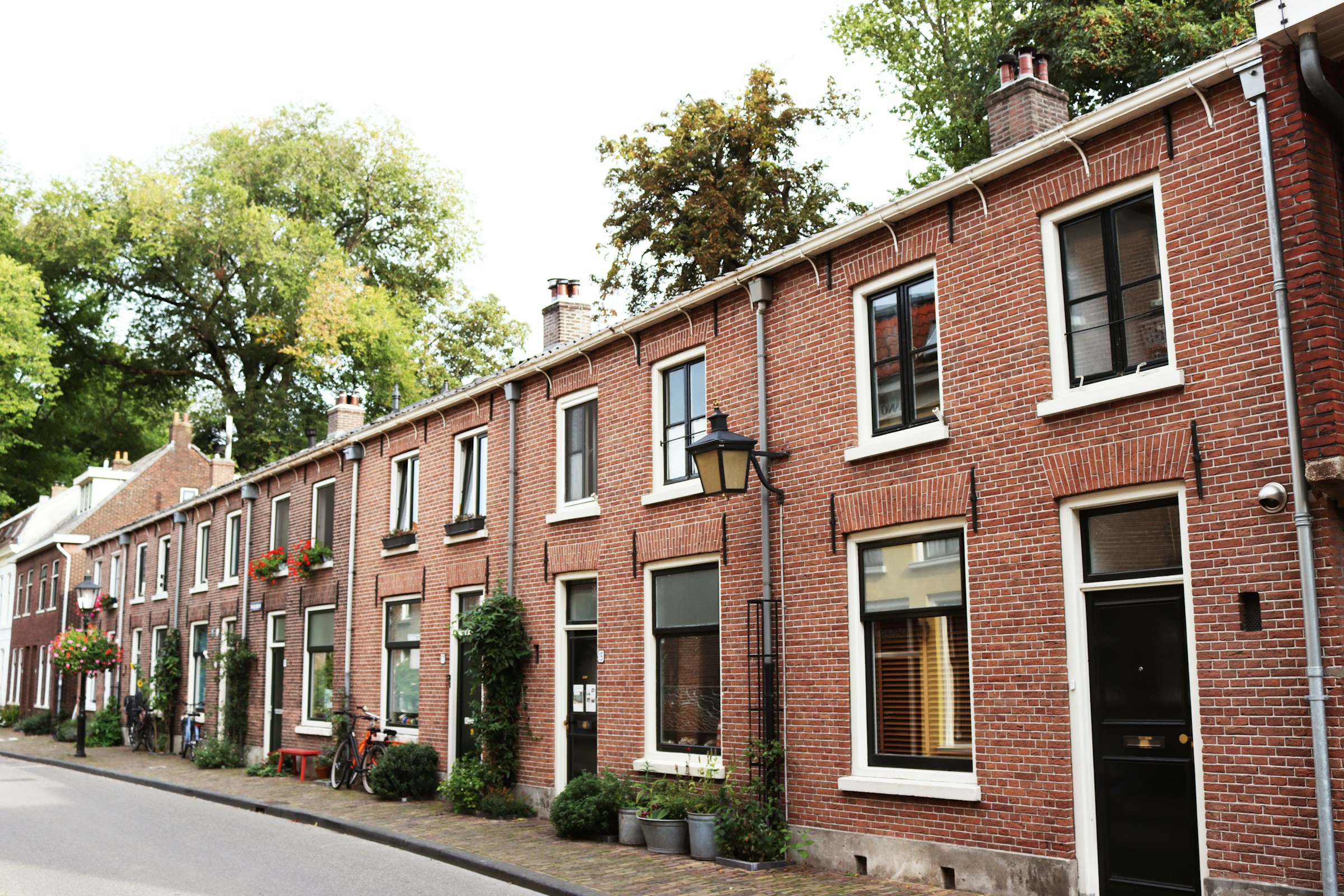As you well know, the world is shifting its focus towards more sustainable living. This shift is not only seen in our individual lifestyles but also in the large-scale planning and development projects. One of these projects that has garnered attention is housing construction. You may have heard of such projects happening around the globe, but today, let’s take a closer look at what’s happening in Wales.
Given the Welsh government’s commitment to sustainability as of April 2024, the housing construction industry has been tasked with a significant challenge. How can developers work within the parameters of this commitment while still delivering robust, comfortable, and affordable homes for local communities? Let’s delve into this issue and explore some possible solutions.
Avez-vous vu cela : What Are the Pros and Cons of Investing in Floating Homes in the UK as Climate Change Advances?
Green Energy Integration in Housing Development
The first step towards sustainable housing development is the integration of green energy solutions. This doesn’t mean just adding a few solar panels on the roofs of homes, but rather integrating renewable energy sources into the very fabric of the construction process.
For instance, developers can design homes to take maximum advantage of natural light, reducing the need for artificial lighting. They can also employ energy-efficient appliances and systems, such as high-efficiency boilers and smart thermostats, which adjust temperatures based on the residents’ habits and preferences, minimizing energy waste.
A lire en complément : What Are the Implications of Remote Learning Trends on Student Housing Markets in Cambridge?
Moreover, developers can also consider implementing community-based energy projects. Imagine a housing complex with its own wind turbine or solar farm, providing renewable energy for all the homes within the complex. This not only reduces carbon emissions but also creates self-sustaining communities that are less dependent on external energy supplies.
Sustainable Construction Materials
Another key aspect of sustainable housing development lies in the materials used for construction. As you are aware, traditional construction materials are often associated with high carbon emissions and environmental degradation. So, how can developers make a switch?
Well, they can start by sourcing locally available materials to reduce transportation-related emissions. They should also consider using recycled and upcycled materials wherever possible. For instance, crushed concrete can be used as a substitute for virgin aggregate, reducing the need for quarrying.
Furthermore, developers should consider working with materials that have a low carbon footprint, such as timber from sustainably managed forests. Such materials not only reduce carbon emissions but also provide excellent insulation, reducing energy demands for heating and cooling.
Social Sustainability in Housing Projects
When we talk of sustainability, it’s not just about the environment. Social sustainability is equally important. This aspect focuses on creating inclusive and cohesive communities where everyone, regardless of their background or circumstances, feels welcome and included.
In housing developments, social sustainability can be achieved by designing homes and spaces that cater to a wide range of needs and preferences. This would involve creating spaces that are accessible to people of all ages and abilities, incorporating green spaces for recreation, and designing homes that are adaptable to the changing needs of families.
Moreover, developers should also consider factors such as affordability and security to ensure everyone has access to quality housing. Collaborating with local government and social housing providers could facilitate this process and ensure everyone in the community benefits from these sustainable housing projects.
Sustainable Planning and Regulations
Lastly, it’s crucial for developers to work closely with local government authorities in the planning and regulation of housing projects. The Welsh government has made its commitment to sustainable development clear, so developers should ensure their projects align with this vision.
This involves complying with building regulations that promote energy efficiency and sustainability. Developers should also consider implementing innovative sustainable practices beyond what’s mandated by law. This might involve collaborating with experts in sustainable development, conducting environmental impact assessments, and engaging the local community in the planning process.
By working closely with local authorities, developers can ensure their projects contribute to the broader sustainable development goals of the region, creating housing that’s not only comfortable and affordable but also minimally impactful on the environment.
The above measures are not an exhaustive list, but they provide a solid foundation for how developers can promote sustainability in new housing projects in Wales. As with any significant shift, it will require time, resources, and commitment. Still, the end result – robust, comfortable, and sustainable homes – will certainly be worth the effort.
Now, you might be wondering if all this is feasible. Well, it’s not only possible, but several developers have already started implementing these measures. It’s a journey, but with each step, we get closer to a future where sustainable housing is the norm. And that’s something we can all look forward to.
Utilizing Natural Resources and Heat Recovery Systems
Harnessing natural resources effectively is a promising way to promote sustainability in new housing projects in Wales. This involves the use of heat recovery systems designed to recover and reuse heat that would ordinarily be lost in the ventilation process, thereby optimizing energy use.
To elaborate, heat recovery ventilation systems provide fresh air and improved climate control while saving energy by reducing the heating needs. These systems can be incorporated during the designing stages of the project, ensuring that new homes are energy-efficient from the get-go. By designing homes to include features that minimize energy consumption, developers not only reduce carbon emissions, but also the long-term energy costs for the residents, making homes more affordable in the long run.
Apart from heat recovery systems, developers can also utilize natural resources by incorporating green spaces within the housing projects. Green spaces improve the quality of life by promoting physical activity, reducing stress, and providing a place for social interaction. They also have environmental benefits like improving air quality, providing shade and reducing the urban heat island effect.
To sum up, incorporating heat recovery systems and maximizing the use of natural resources in housing development projects can go a long way in promoting sustainable living while ensuring the comfort and affordability of homes.
Working with Local Authorities and Social Housing Providers
Working closely with local authorities and social housing providers is crucial for developers in promoting sustainability in new housing projects in Wales. This collaboration ensures that these projects align with the vision of sustainable development set out by the Welsh government and local planning policies.
Local authorities can provide valuable guidance on planning permission procedures, and regulations that need to be adhered to, ensuring that the project meets all the necessary standards for safety, health, and environmental sustainability. By understanding and following these regulations, developers can avoid potential roadblocks that could delay the project.
On the other hand, social housing providers can offer insights into the needs of local people, helping developers create homes that are not only environmentally friendly but are also affordable and cater to the specific needs of the residents. Through partnership with social housing providers, developers can ensure that sustainable homes are accessible to everyone, regardless of their income level.
In conclusion, by integrating renewable energy solutions, using sustainable construction materials, focusing on social sustainability, and working closely with local authorities, developers can effectively promote and achieve sustainability in new housing projects in Wales. By putting these measures into practice, developers can contribute to the long-term vision of the Welsh government, providing benefits sustainable for the environment, the economy, and the local community.
Conclusion
Ultimately, promoting sustainability in new housing projects in Wales involves a collective effort from developers, local authorities, and the community. Each project presents an opportunity to not only provide quality, affordable homes for local people but also to make a positive impact on the environment.
While the shift towards sustainable construction might initially pose a challenge for the construction industry, the long-term benefits sustainable practices bring to society and the environment outweigh the costs. It’s not just about meeting the current needs of the population; it’s about ensuring that future generations in Wales have a healthy, sustainable environment to call home.
The path to sustainable development may be a challenging one, but with the commitment demonstrated by the Welsh government, coupled with innovative practices from the construction sector, a sustainable future for Wales’ housing is not just a dream, but a tangible goal that we are steadily progressing towards.






